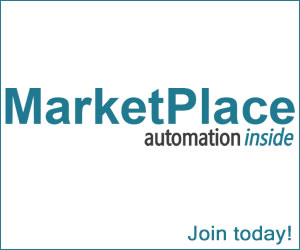Effegielle S.r.l. (IMECO) (Italy) - Everyone with an economic background knows the meaning of the expression “Return on investment” (ROI). But do you really know its importance when planning a purchase?
Back to basic:
Let’s go back to the start: ROI is a measure used to evaluate the efficiency of an investment. In other words, it indicates the amount of benefits (economic and non-economic) you obtain – usually over a period of few years - after buying some products or services.
Although this indicator is quite common, it is also very complex and its economic value alone is not enough to make an accurate plan of expenses and future incomes. That’s why it should be put in a wider frame, taking into account additional factors (such as TCO, Payback period and others). These are particularly helpful in looking at an investment from different points of view and considering it as a whole.
Why is this important? Well, it is useful to distinguish a potentially successful investment from a failure and this helps to make informed decisions even if the initial cost of a project may sound, at first, very (or even too much) expensive.
Down to practice:
Let’s talk about this with reference to a purchase of a bagging line. Let’s suppose you are interested in buying a bagging line from one company and the price turns out to be a bit more expensive than your ideal budget. Now you have two options: you can go away and look for another supplying company with lower prices OR you can list down an accurate preview of costs and benefits of this purchase to decide whether it’s actually so out-of-budget as it sounds or not.
1 - TCO:
Consider the advantages derived from the Total Cost of Ownership (TCO). Of course the initial amount will be consistent (acquisition, delivery, installation and training costs), but how will this affect your business then? To which extent will this technology increase your efficiency? Isn’t maybe the higher starting price a symbol of lower follow-up costs? Paying a bit more at the beginning may result in saving future-related expenses: keep this in mind!
2 – payback period:
You may fear the initial investment for a bagging line, but you should also think about the revenues it will imply in the short- and medium-term future. Consider the payback period, i.e. the amount of time you’ll need to fully cover the initial costs: will this new technology bring you enough benefits over a period of few years? Is this investment adequate for your company goals and possibilities? Assessing this parameter will make you even surer about your purchase and about the projected results you should expect.
3 – additional benefits:
Will this new bagging line allow you to increase reliability? Will it make you more accurate and precise? Will it reduce your margin of error and lead to a general improvement? All these factors have a strong incidence on your economic results. So make sure to consider them while choosing the best supplier for your bagging line. Someone could point out that these are only secondary aspects, but they are actually pretty important when talking about company performance and success.
All these factors count for the ROI calculation and, therefore, a high percentage of this indicator is symbol of a good investment. Considering all the related costs and benefits is without doubts the best starting point when evaluating new, significant purchases.
Now you have the basic questions to ask yourself before addressing your available budget to new machinery. Are you ready to face your next investment?









































Interested? Submit your enquiry using the form below:
Only available for registered users. Sign In to your account or register here.